#native American architecture
Explore tagged Tumblr posts
Text

Delmarva Fox Squirrel, a subspecies of the fox squirrel located in coastal Virginia and Maryland.
Chincoteague National Wildlife Refuge, Virgina
2021
#chincoteague#wildlife refuge#a very important squirrel#squirrel#Sciuridae#travel#original photography#photographers on tumblr#photography#lensblr#nature#nature photography#landscape#landscape photography#delmarva#virginia#pueblo#ancestral Puebloan#native American#native American architecture#indigenous architecture#wanderingjana
46 notes
·
View notes
Text
Seasonal Adaptations in Apache Shelter Design

Image generated by the author
The Art of Apache Shelter: A Testament to Nature's Wisdom
Imagine standing on the sun-baked earth of the American Southwest, where the vast desert stretches out like a golden sea, interrupted only by the rugged silhouettes of distant mountains. The air is thick with the scent of sagebrush, and the sun hangs low in the sky, casting long shadows over the land. In this harsh yet beautiful landscape, the Apache people have thrived for centuries, their shelters echoing their deep connection to the earth and the seasons. As an Apache elder once said, "To listen to the earth is to understand our place within it." This profound philosophy is woven into the very fabric of Apache shelter design, each structure a living testament to the resilience and wisdom of a culture that has learned to dance with nature’s rhythms.
Introduction to Apache Dwellings
Apache shelters are not mere buildings; they are intricate embodiments of cultural identity, resilience, and adaptability. From the sturdy "pickups" of winter to the airy tents of summer, each design reflects the Apache people’s intimate relationship with their environment. These homes serve as more than just protection from the elements; they are sacred spaces for gathering, storytelling, and cultural rituals. In the face of harsh climatic conditions, the Apache have crafted a legacy of architectural ingenuity that honors their ancestors while embracing change.
Historical Context of Shelter Design
Historically, Apache dwellings evolved alongside the seasons, responding to the unique challenges presented by the desert climate. During the winter months, when biting winds swept across the land, the Apache constructed "pickups"—sturdy wooden-frame structures enveloped in grass and brush. These homes were designed with insulation in mind, their thick walls retaining warmth and shielding families from the chill.
As the sun climbed higher and the air grew warmer, the Apache shifted their shelter designs to accommodate mobility and comfort. Light, portable tents became the norm, allowing families to traverse the landscape in search of resources. This adaptability is a hallmark of Apache innovation, showcasing resourcefulness that has allowed them to thrive in an unforgiving environment. The transition from winter pickups to summer tents symbolizes a broader cultural narrative: a community that embraces change while respecting its roots.
Beyond mere functionality, Apache shelters are multifunctional spaces that foster community bonds. Cooking, storytelling, and gathering often occur within these structures, creating a sense of shared experience and unity. The designs maximize space, ensuring that each dwelling serves multiple purposes—much like the Apache way of life, where survival is intertwined with connection and collaboration.
Cultural Significance of Shelter Design
The significance of Apache shelter design transcends basic survival; it embodies a holistic worldview where every structure contributes to the community's cultural fabric. Each dwelling is a story—a vessel of ancestral wisdom that teaches lessons of resilience, creativity, and respect for the earth. The seasonal variations in shelter design illustrate a profound understanding of the environment: airy structures for the sweltering summer months allow for ventilation, while insulated pickups provide warmth during the cold winter nights.
The use of locally sourced materials is another hallmark of Apache architecture, emphasizing a commitment to sustainability and ecological mindfulness. The Apache people have always understood the importance of minimizing their impact on the land, crafting their homes from the very resources that surround them. This deep-rooted respect for nature is not just practical; it is spiritual, woven into the beliefs and practices of a culture that sees itself as a part of the natural world.
An Apache Story: Embracing Nature's Rhythms
One captivating evening, as the sun dipped below the horizon and painted the sky in hues of orange and purple, an elder named Voyage gathered the younger generation around a crackling fire. The air was fragrant with the scent of burning cedar, and the stars began to twinkle overhead. As the flames danced, Voyage shared stories of their ancestors, teaching the children about the rhythms of the seasons and the importance of adaptability.
“Look around you,” he said, gesturing to the surrounding landscape. “The earth speaks to us. Each season offers its gifts, but we must learn to listen.” He spoke of the pickups, their sturdy frames standing tall against winter’s fury, and the light tents that provided shade during sweltering summers. Through his stories, the children began to grasp the spiritual connection the Apache have with their shelters—each design a reflection of their relationship with the land and the cycles of life.
As the night wore on, Voyage led the group in a ritual honoring the changing seasons. They sang songs of gratitude and danced under the stars, celebrating not just the shelter that protected them but the very earth that sustained them. In these moments, the Apache community came alive, their wisdom and connection to nature flowing through every beat of the drum, every whispered prayer.
Examples and Expert Insights
Delving deeper into traditional Apache shelters, we find that each design is a marvel of ecological engineering. The pickups were constructed with thick walls that provided insulation against the desert chill while incorporating strategic ventilation systems to prevent overheating. In contrast, summer tents were designed to capture breezes, allowing the cool air to circulate freely, creating a refreshing oasis amid the heat.
Expert insights from anthropologists underscore the ecological knowledge embedded in Apache designs. Dr. Jennifer Thompson, a cultural anthropologist, notes, “Apache shelter designs are a testament to centuries of observation and adaptation. These structures reflect an understanding of local climate patterns, resource availability, and community needs.” Such insights reveal the practical applications of Apache principles, offering valuable lessons for contemporary architecture in an era grappling with climate change.
Modern Relevance of Apache Shelter Design
In today’s world, where climate change poses unprecedented challenges, the relevance of Apache shelter designs cannot be overstated. Modern builders and architects can draw inspiration from these traditional practices, incorporating principles such as passive ventilation, the use of local materials, and flexible designs that accommodate changing family dynamics.
Moreover, the communal aspect of Apache living—emphasizing gathering spaces—serves as a poignant reminder of the importance of social bonds in our increasingly fragmented society. In an age marked by isolation and disconnection, the Apache model encourages us to rethink our living spaces, prioritizing environments that foster community, collaboration, and connection to the natural world.
Conclusion: A Legacy of Adaptability and Wisdom
As we return to the sun-drenched landscape of the American Southwest, it becomes clear that Apache shelter design is more than a reflection of architectural ingenuity; it is a profound testament to a culture that thrives on adaptability while maintaining a deep respect for nature. Just as the elder Voyage taught the younger generation to listen to the earth, we too must reflect on our relationship with the environment and consider how we can incorporate these timeless principles into our lives.
In a world that often prizes the new and the novel, the Apache remind us of the wisdom embedded in the old—an enduring legacy of resilience, creativity, and harmony with the earth that continues to inspire. As we navigate the complexities of modern living, let us strive to honor this wisdom, weaving it into the very fabric of our own shelter designs and ways of life. How might we listen to the earth, and in doing so, create spaces that resonate with the rhythms of nature? The answer lies not just in the structures we build but in the relationships we cultivate and the stories we share.
About Black Hawk Visions
Black Hawk Visions preserves and shares timeless Apache wisdom through digital media. Inspired by Tahoma Whispering Wind, we offer eBooks, online courses, and newsletters that blend traditional knowledge with modern learning. Explore nature connection, survival skills, and inner growth at Black Hawk Visions.
AI Disclosure: AI was used for content ideation, spelling and grammar checks, and some modification of this article.
About Black Hawk Visions: We preserve and share timeless Apache wisdom through digital media. Explore nature connection, survival skills, and inner growth at Black Hawk Visions.
0 notes
Text



That famous California roofing.
Red tile roofs became a universal design after the Indigenous population rebelled against colonization, and its racist missionary representatives, by lighting fire to missions that had reed roofing.
222 notes
·
View notes
Text










Forest (No. 82)
Mesa Verde National Park, CO
#Mesa Verde National Park#Montezuma County#USA#travel#original photography#vacation#tourist attraction#landmark#landscape#countryside#summer 2022#forest#woods#flora#nature#clouds#Colorado#Ancestral Puebloan#architecture#Native American history#US history#geology#archaeology#ruins#cliff
27 notes
·
View notes
Photo


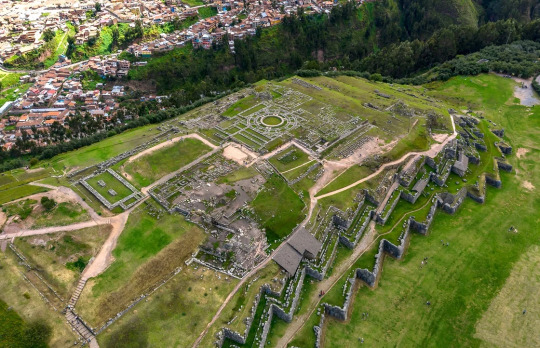







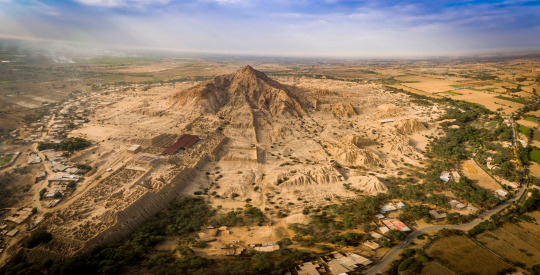
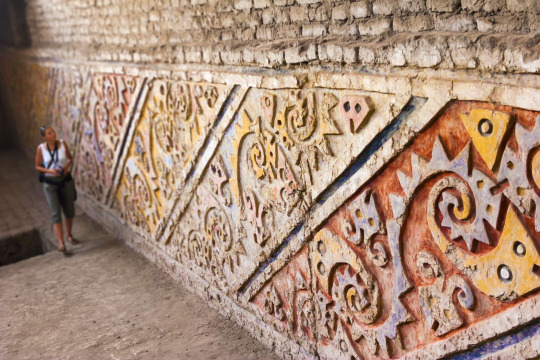


"Mesoamerica, long thought to be the precocious child of the Americas, was still confined to the Mesoamerican village during the time we are talking about, and monumental architecture in Peru was a thousand years old when the Olmecs began their enterprise. For the sake of world cultural context, this also means that Peruvian monumental architecture was in place by the time the Painted Pottery culture of neolithic northern China emerged, that it existed before England's Stonehenge was created, and that it was already about a thousand years old when Tutankhamen's body was being embalmed in Egypt." - American Holocaust
#mesoamerica#peru#olmecs#stonehenge#painted pottery#Tutankhamun#Tutankhamen#architecture of peru is stunning#and when you think how beautiful it was before robbed of gold silver gems etc...#indigenous#native americans#mesoamericans#indigenous american#this was in my drafts for nearly 3 years#Nazca Lines#pyramid#pyramids#architecture#engineering
22 notes
·
View notes
Text

A hidden gem in the heart of the forest, this stunning tiny home is not just a sanctuary—it's a living canvas. Wrapped in a breathtaking display of indigenous artistry, every curve and line tells the story of heritage and connection to the land. The bold designs, rich with symbolism, bring to life the guardians of the wild, as the warm glow from within beckons you to step inside and experience the magic. Whether you're seeking solitude or inspiration, this handcrafted retreat offers a seamless blend of traditional craftsmanship and modern living, a perfect escape where nature and art dance in harmony.
#tiny house#forest cabin#native art#tribal design#hand crafted home#sustainable living#wilderness retreat#artisanal craftsmanship#forest getaway#cozy vibes#rustic home#pacific northwest style#woodwork art#minimalist living#small spaces big style#indigenous inspiration#native american art#modern tribal#cozy interiors#tiny home living#nature design#tribal motifs#bohemian decor#eco architecture#painted cabin#woodcarved home#off grid architecture#art in the woods#AI generated#off grid living
13 notes
·
View notes
Text

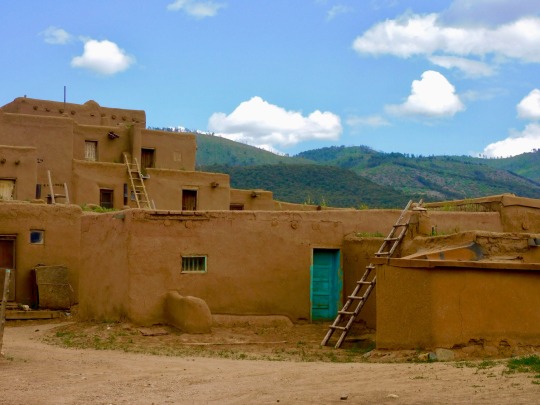
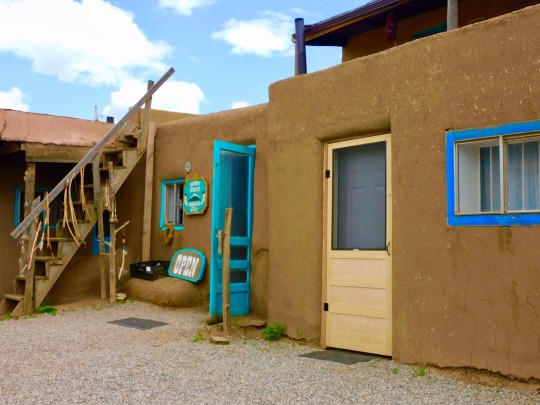

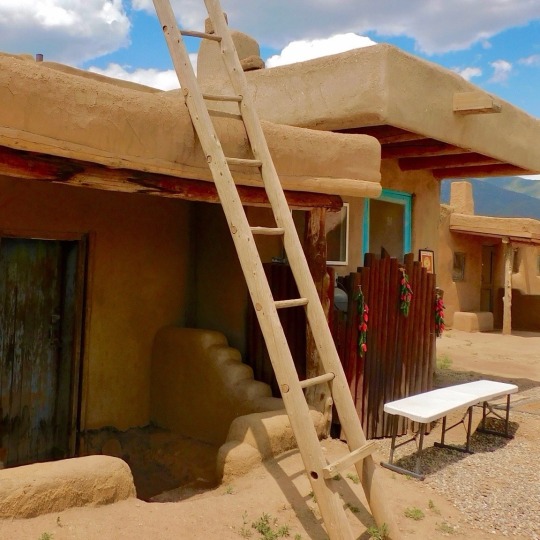
Taos Pueblo, NM
it was such a privilege being able to visit the Pueblo and immerse myself with the environment, the experience was worth the trip
#new mexico#pueblos indígenas#building#architecture#ancestral puebloans#traditional design#native american#landscape#photography#religious#culture#ancestors#nature#respect#sacred space#architecture photography#summer#june#beautiful#home#travel#road trip#business#my photgraphy
45 notes
·
View notes
Photo

The four doorways, Pueblo Bonita, San Juan Co, NM. Photo: Don Page (2022). This masterpiece of Chacoan architecture was built around 850 CE
[Scott Horton]
* * * * *
“The animacy of the world is something we already know, but the language of animacy teeters on extinction-not just for Native peoples, but for everyone. Our toddlers speak of plants and animals as if they were people, extending to them self and intention and compassion-until we teach them not to. We quickly retrain them and make them forget. When we tell them that the tree is not a who, but an it, we make that maple an object; we put a barrier between us, absolving ourselves of moral responsibility and opening the door to exploitation. Saying it makes a living land into "natural resources." If a maple is an it, we can take up the chain saw. If a maple is a her, we think twice.”
― Robin Wall Kimmerer, Braiding Sweetgrass
#Don Page#Scott Horton#Pueblo Bonita#San Juan Co NM#Chacoan architecture#native american#Robin Wall Kimmerer#Braiding Sweetgrass#quotes
59 notes
·
View notes
Text

Salvation in Louisiana
By the banks of Bayou Chenal, in a parish adjacent to Baton Rouge, a couple care for a unique homage to the Acadian and Creole lifestyles. Along a meandering Louisiana roadway, beyond a pathway of slender oak trees and past an age-old split-cypress fence, flourishes a garden.

Free range life
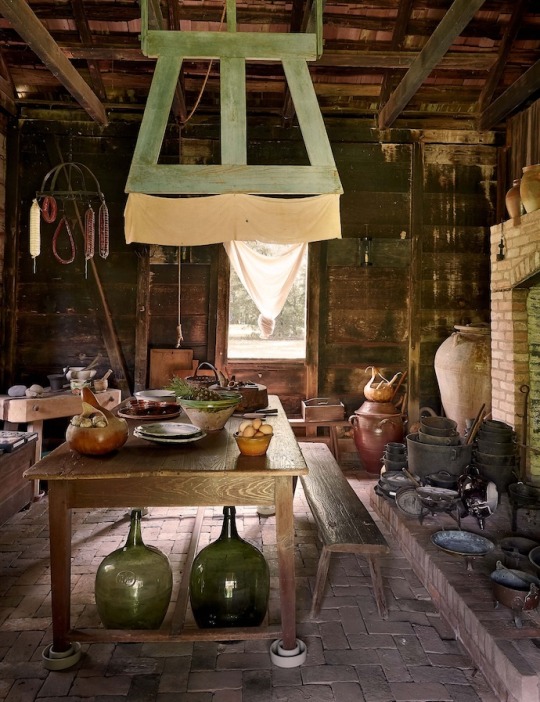
A punkah ceiling fan in the kitchen building of Maison Chenal wards off the flies.
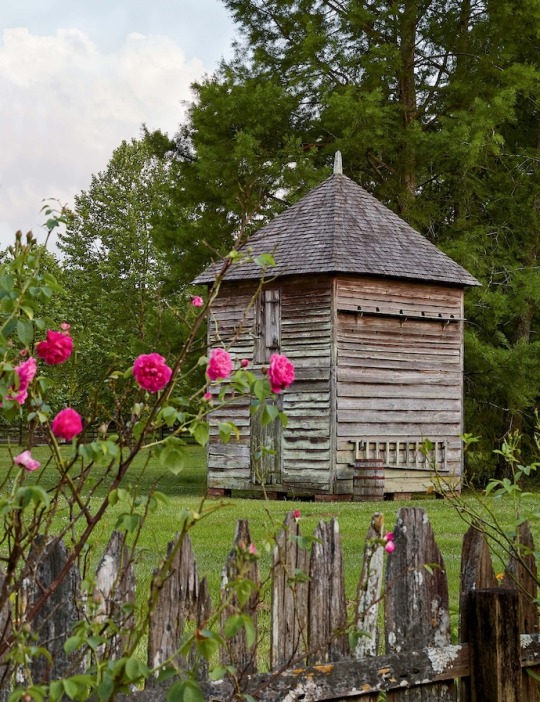
The dovecote

A carved wardrobe and a tall Canadian buffet grace the space, adorned with baskets skillfully crafted by Native Americans in Louisiana and French pewter candlesticks.
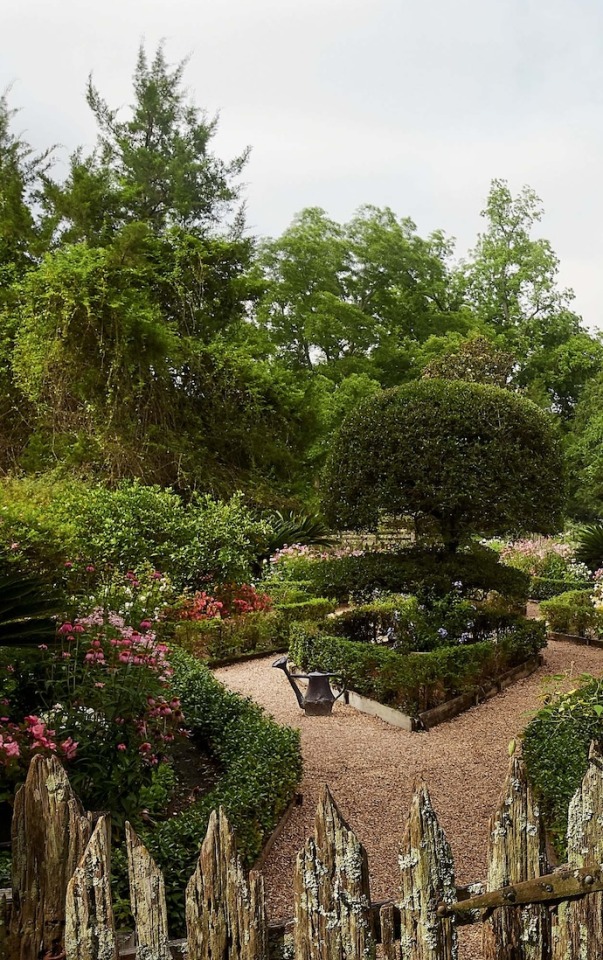
French-style parterre garden
Photos via Garden & Gun. Photography by William Abranowicz.
#Southern soul#southern aesthetic#Southern living#Southern homes#Louisiana#batten rouge#interior design#architecture#renovation#18th century#old architecture#shabby chic#French interiors#French home#French garden#native american
9 notes
·
View notes
Text
So where I live they torn down the powwow grounds arena and rebuilt it last minute and it’s so, so ugly 😭 it used to be tall and made of wood and painted white and it reminded me of the Roman coliseum and now it’s short and made of metal and dark and it’s so ugly, like so so ugly 😭
#It barely has any room for people to sit too#It looks too industrial and gross#It’s so ugly#rant post#mini rant#vent#architecture#native american#indigenous#culture#Bad architecture
5 notes
·
View notes
Text

The ruins of the Pueblo of Tyuonyi.
Bandelier National Monument, New Mexico
June 2019
Explore:
#pueblo#ancestral Puebloan#native American#native American architecture#indigenous architecture#bandelier#bandelier national monument#new mexico#ancient ruins#archaeology#archeology#travel#original photography#photographers on tumblr#architecture#photography#lensblr#architecture photography#national park service#nationalpark#wanderingjana
6 notes
·
View notes
Text

The Science Underground: Mycology as a Queer Discipline Patricia Kaishian and Hasmik Djoulakian
#mycology#subjectivity#article#fungi#science#queer#oppression#Donna Haraway#Patricia Kaishian#Hasmik Djoulakian#native american#language#interaction#information architecture#catalyst
4 notes
·
View notes
Text




The red-tile roofs so identified with Southern California architecture were originally devised to repel Native Americans who were rebelling against the colonial missionary system.
24 notes
·
View notes
Text





















The Montezuma Castle National Monument was declared a U.S. National Monument on December 8, 1906 as a result of the American Antiquities Act, signed earlier that year.
#Montezuma Castle National Monument#US National Monument#8 December 1906#Arizona#Yavapai County#Native American history#USA#summer 2014#anniversary#US history#Sinagua people#Cliff dwelling#pre-Columbian culture#tourist attraction#landmark#geology#archaeology#vacaton#travel#landscape#architecture#limestone cliff#flora#tree#original photography#vacation
13 notes
·
View notes
Photo
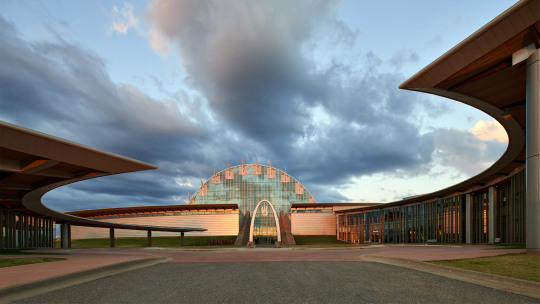
Johnson Fain completes curvilinear First Americans Museum after decades of work
Curved buildings and a massive earthen mound feature at a museum in Oklahoma that was designed by architecture studio Johnson Fain over two decades ago and is finally complete.
The First Americans Museum (FAM) aims to educate the public on the cultures and histories of the 39 Native American tribes that exist in Oklahoma today. It is located in the state's capital, Oklahoma City.

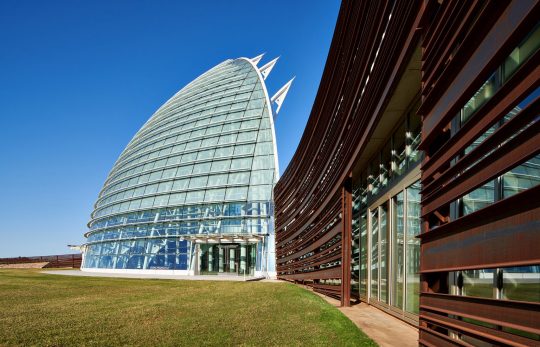
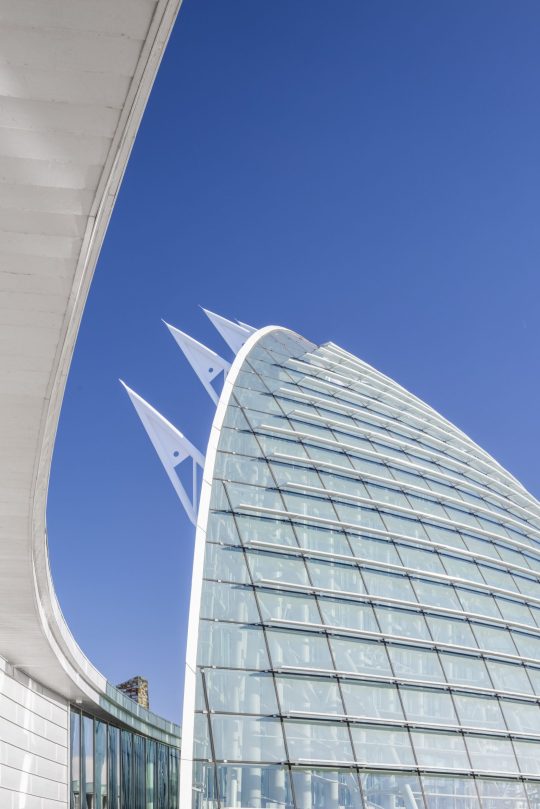

#johnson fain#architecture studio#oklahoma#first american museum#museum#culture#native american tribes#oklahoma city
2 notes
·
View notes
Text
A new folklore article documenting the Skinwalker has been uploaded to the world's largest database of paranormal research 😄
#paranormal#investigation#ghost and hauntings#ghosts#hauntings#supernatural#haunted#spirits#architectural hauntings#ghost#witches#witchcraft#native american#navajo#true history#true horror#true stories#dark academia#database#dark aesthetic#article#america#folklore
0 notes